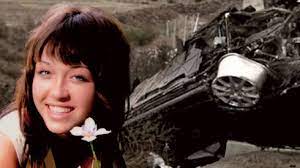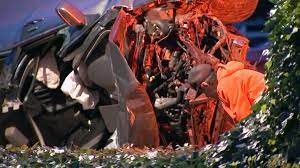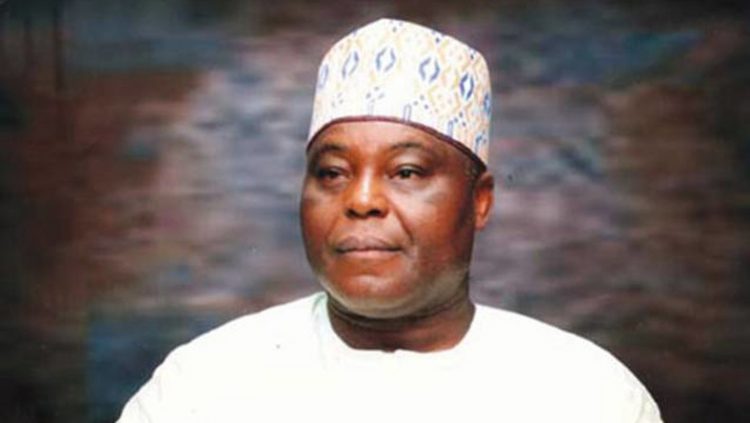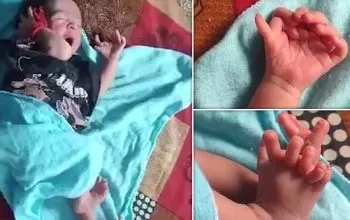Nikki Catsouras Photographs Controversy


The Nikki Catsouras photographs controversy revolves around leaked photographs of Nicole “Nikki” Catsouras (March 4, 1988 – October 31, 2006), who died at the age of 18 in a high-speed vehicle crash after losing control of her father’s Porsche 911 Carrera and hitting with a toll booth in Lake Forest, California.
Photographs of Catsouras’ scarred body were published on the internet, prompting her family to file a lawsuit for the resulting sorrow.
Accidental circumstances


Catsouras and her parents ate lunch together on October 31, 2006, at their home in Ladera Ranch, California. Her father, Christos Catsouras, then left for work, leaving her mother, Lesli, at home.
Her mother noticed Catsouras reversing out of the driveway in Christos’ Porsche 911 Carrera, which she was not allowed to drive. Lesli contacted her husband, and he started driving around looking for his daughter.
READ ALSO: Girls Whatsapp Numbers (1000+ Whatsapp Numbers Available)
While doing so, he supposedly dialed 9-1-1 minutes before the collision and was placed on hold. The dispatcher notified him about the accident after he was released from hold.
Accident
At around 1:38 p.m., Catsouras was going on 241 Toll Road in Lake Forest when she collided with a Honda Civic that she was attempting to pass on the right at over 100 miles per hour (160 km/h).
The Porsche smashed into an unmanned concrete toll booth near the Alton Parkway intersection after crossing the road’s broad middle, which lacks a physical barrier on that stretch.
Catsouras was slain instantly. Toxicological examinations indicated residues of cocaine but no alcohol in Catsouras’ body.


Leaked photographs
According to Newsweek, the Catsoura’s “accident was so gruesome the coroner wouldn’t allow her parents to identify their daughter’s body”.
Photographs of the scene were taken by California Highway Patrol (CHP) officers as part of standard fatal traffic collision procedures. These photographs were forwarded to colleagues and leaked onto the Internet.
Two CHP employees, Aaron Reich, and Thomas O’Donnell, admitted to releasing the photographs in violation of CHP policy.
O’Donnell stated in interviews that he only sent the photos to his own e-mail account for viewing at a later time, while Reich stated that he had forwarded the pictures to four other people. Catsouras’ parents discovered the photographs posted online.
The pictures had gained much attention, including a fake MySpace tribute website that contained links to the photographs.
People anonymously e-mailed copies of the photos to the Catsouras family with misleading subject headers, in one case captioning the photo sent to the father with the words “Woohoo Daddy! Hey Daddy, I’m still alive.”
This led the Catsouras family to withdraw from Internet use and, concerned that their youngest daughter might be taunted by the photographs, to begin homeschooling her.
The online harassment aspects of the case were covered by Werner Herzog in his 2016 documentary Lo and Behold, Reveries of the Connected World.
Legal action by the family
In the Superior Court of California for Orange County, the Catsouras family sued the California Highway Patrol and the two dispatch supervisors responsible for leaking the images.
Initially, a judge ruled that the family’s legal lawsuit against the CHP for releasing the images could be pursued.
After establishing that the two dispatch supervisors had broken departmental rules, the CHP issued a formal apology and took action to prevent similar situations in the future.
O’Donnell was suspended without pay for 25 days, and Reich resigned soon after for “unrelated reasons,” according to his counsel.
After Reich and O’Donnell were removed as defendants and the defendants filed for summary judgment, Judge Steven L.
Perk dismissed the action against the California Highway Patrol. Judge Perk decided that the two had no obligation for protecting the Catsouras family’s privacy, essentially putting a stop to the lawsuit.
In March 2008, the superior court judge who rejected the case stated that, while the dispatchers’ behavior was “utterly reprehensible,” there was no statute that made it unlawful.
The CHP submitted “cease and desist” warnings to websites in an attempt to remove the pictures from the Internet. The Catsouras family attempted to erase the images with the help of Reputation Defender but to no avail.
The organization estimated that it had persuaded 2,500 websites to remove the photographs, but admitted that complete removal from the internet would be impossible.
Even though the media was sympathetic to the parents’ suffering, attorney and blogger Ted Frank argued that “the Streisand effect has resulted in far more dissemination of the gruesome photos.”
The California Court of Appeal for the Fourth District reversed Judge Perk’s grant of summary judgment on February 1, 2010, ruling that the Catsouras family did have the ability to sue the defendants for negligence and intentional infliction of mental distress.
The court described O’Donnell and Reich’s behavior as “vulgar” and “morally deficient,” saying:
The CHP is responsible for protecting and serving the public. It goes against that expectation for the CHP to cause us damage by making the ravaged remains of our loved ones the target of Internet sensationalism…
O’Donnell and Reich owed the plaintiffs a responsibility not to use CHP-acquired evidence in a way that could cause them serious emotional distress.
The California Court of Appeal for the Fourth District concluded on May 25, 2011, that Aaron Reich had failed to establish that e-mailing the images is protected by the First Amendment.
Reich stated that he e-mailed the photographs with an anti-drunk driving message because he e-mailed the photographs with an anti-drunk driving message, despite Catsouras’ postmortem examination indicating a blood alcohol concentration of zero.
“Any editorial comments that Reich may have made with respect to the photographs are not before us,” wrote the three-judge panel that heard Reich’s appeal. In short, there is no proof that the e-mails were sent to communicate about drunk driving at this time.”
The justices questioned whether the recipients still retained the e-mails, but Reich’s attorney conceded that they had not investigated this.
On January 30, 2012, the CHP reached a settlement with the Catsouras family, under which the family received around $2.37 million in damages. CHP spokeswoman Fran Clader commented: “No amount of money can compensate for the pain the Catsouras family has suffered.
We have reached a resolution with the family to save substantial costs of continued litigation and a jury trial. It is our hope that with this legal issue resolved, the Catsouras family can receive some closure.”



